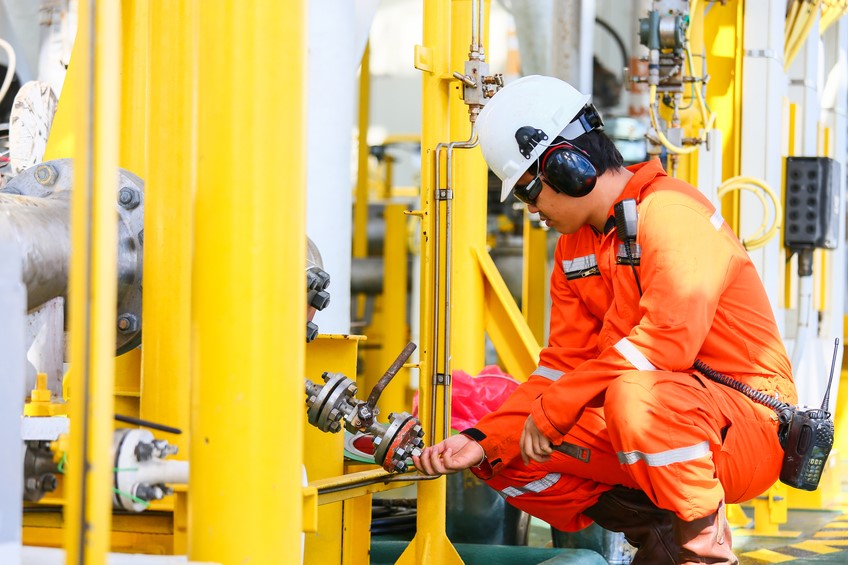The U.S. Occupational Safety and Health Administration’s (OSHA) updated guidance document, Recommended Practices for Safety and Health Programs, released in mid-October, includes downloadable program materials, links to additional resources, and two new sections that address program evaluation and improvement and managing health and safety in multiemployer workplaces.
 |
According to OSHA, increased temporary and contract employment and the rise of the “gig economy” mean that traditional relationships between workers and employers are shifting and are becoming more fluid and flexible. Safety programs and policies must address these shifts in order to ensure the safety of all workers at multiemployer worksites and in temporary, contract, and “gig”-type employment relationships.
Communicating and Coordinating for Safety and Health
The title of OSHA’s section on managing nontraditional employment relationships and multiemployer worksites is “Communication and Coordination for Host Employers, Contractors, and Staffing Agencies,” and that’s where OSHA puts the emphasis. Regardless of why the situation exists, or its exact structure—whether temporary workers have been brought in to fill fluctuating production needs, or contractors are on-site to perform repairs—the activities of each group of workers can affect the health and safety of all groups at the site. So, it’s essential for the groups to communicate and for some level of coordination to exist.
For contractors and staffing agencies, effective communication and coordination will ensure that:
- Workers are aware of the types of hazards that may be present before they arrive on-site.
- Workers have been informed of the protective gear and work practices that will be necessary in order to control their exposure to those hazards.
- Workers will know how to report an injury, illness, or safety concern to the host employer so that it can be promptly addressed.
For host employers, effective communication and coordination will ensure that:
- They fully understand the types of hazards that may arise from the work being done on-site by workers employed by contractors or staffing agencies.
- The procedures or measures needed to avoid or control exposure to these hazards.
- How to contact the contract or staffing firm if they have a safety concern.
- What to do in case of an emergency.
Get Everybody Talking
In order to establish effective communication and ensure that all workers know what hazards and hazard controls are in place, you’ll need to:
Establish who does what. Who is performing the hazard assessment? Who’s going to provide safety equipment? Who’s writing the safe work procedures? What are the emergency procedures? These issues should be decided before the work begins and should be spelled out in any contract documents.
Establish ongoing communication. Once work has begun, all involved employers need to communicate with one another regarding established or newly identified hazards, changes in the worksite or work conditions, injuries and illnesses, and worker concerns.
Coordinate Activities
All affected employers should make an effort to coordinate:
- Scheduling and planning of work
- Training and equipping of workers
- Safety information provided to workers
Need more information on managing safety at multiemployer worksites? Safety.BLR.com® will help you get it all together.
